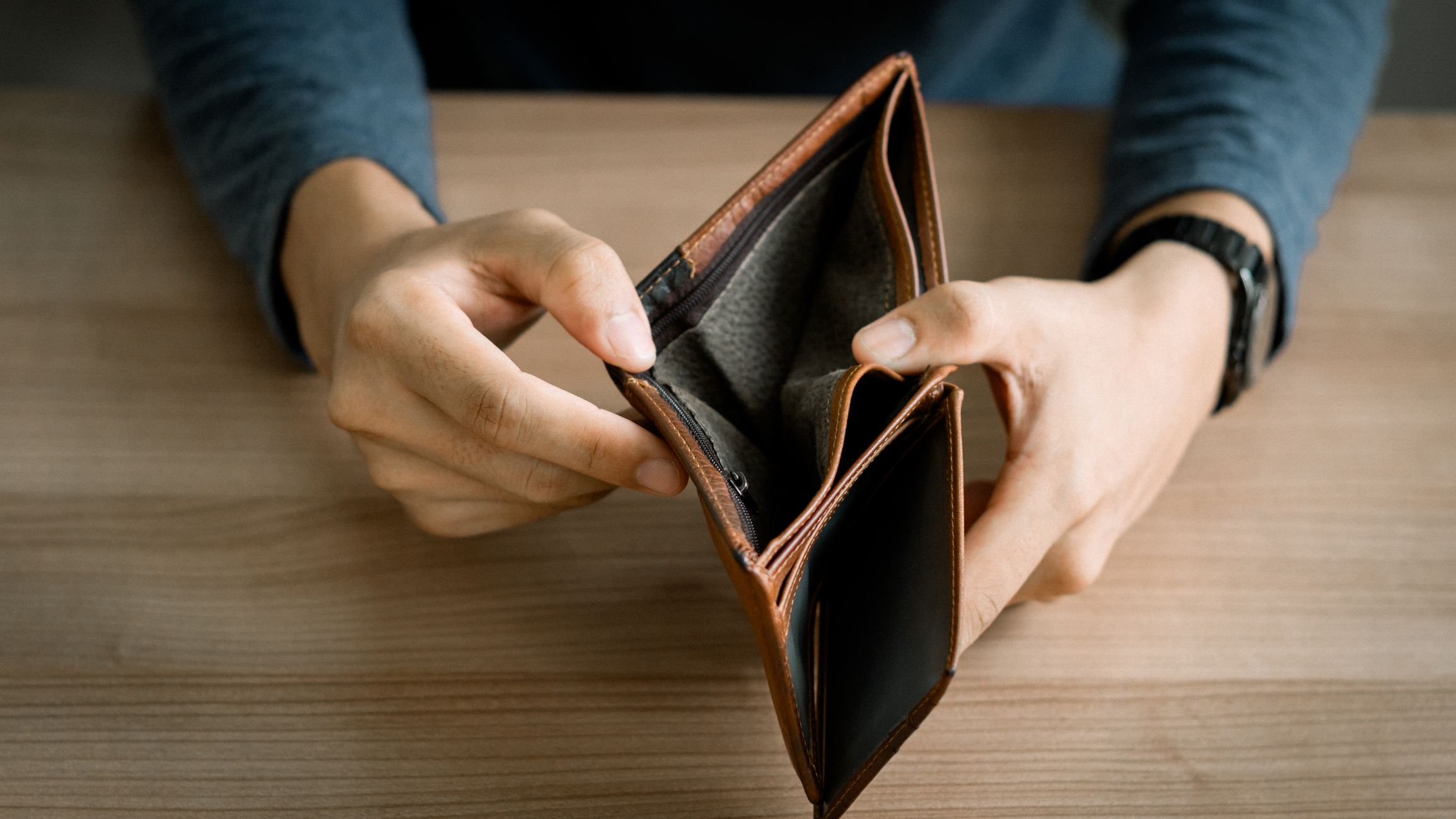If your debt is growing quicker than the weeds in your backyard, don’t worry—you’re not alone. Most of us weren’t born knowing how to manage money, and life (or Afterpay) happens. The good news? You can wrangle your finances back into shape with a simple, no-fuss plan. Here’s my guide on how to reduce debt in 9 straightforward steps—no gimmicks, just real talk.
1. Face the Music (a.k.a. Know Your Debt)
You wouldn’t drive with your eyes closed, so why avoid looking at your debt? Write down exactly how much you owe, to whom, the minimum repayments due and interest rate. This step isn’t fun—but neither is stepping on Lego. Rip the band-aid off quickly. Write it down – on paper, a budgeting app, or my personal favourite – a simple spreadsheet. Grab your partner (or your mum) and tackle this step head on.
2. Sort Your Priorities (The Good, the Bad & the Ugly)
Let’s be real—some debts are more annoying than others. That credit card balance with a sky-high interest rate? Ouch. The lingering HECS debt? A slow burn. So, how do you decide which one to squash first? If you’re the logical, numbers-loving type who breaks out in hives at the thought of wasted money, attacking high-interest debt first is your best bet (looking at you, credit cards). But if you’re someone who thrives on small victories, like crossing things off a to-do list just for the dopamine hit, then knocking out the smallest debts first might be your jam.
- Debt Snowball: Pay off the smallest debt first for a quick win, then roll that payment into the next one. Good for motivation.
- Debt Avalanche: Attack the highest-interest debt first to save money in the long run. Good for math nerds. Either way, just start!
When my husband and I took charge of our debt, we went for the “smallest-first” method. Every cleared balance felt like a tiny confetti cannon going off. And yes, we celebrated—responsibly, of course.
Whichever method you choose, the goal is the same: less debt, more freedom. Now, go forth and conquer!
3. The Almighty Budget: Your Financial GPS
Budgets get a bad rap, but they’re just a plan for where your money should go, so you’re not left wondering where it went.
Keep it simple:
- 60% – Everyday life essentials (rent/mortgage, food, bills, the boring but necessary bits)
- 20% – Debt & savings (pay down what you owe and build a $1,000 emergency fund so you don’t dip back into credit!)
- 10% – Fun money (because life’s too short for a budget that doesn’t include coffee and tacos)
- 10% – Future you (investing, house deposit, wedding—whatever big goals you’re working towards)
Not everyone’s finances fit perfectly into these buckets, so tweak the percentages to suit your life. The key? Give every dollar a job.
I highly recommend reading Scott Pape’s The Barefoot Investor. His no-BS approach was hands-down the best financial guide I have ever read. If you like seeing your budget in action, apps like PocketSmith or Frollo make tracking your money weirdly satisfying.
Pro tip: Set up separate bank accounts for each bucket and auto-transfer your funds on payday— budgeting on autopilot.
4. Negotiate Like a Boss
Call your bank and request a lower interest rate on your credit card—you’d be surprised how often they agree. Also, consider moving banks or reviewing your accounts to see if you can transfer balances to accounts with lower or even zero interest rates. If you’re after simplicity, explore fee-free banking options like ING’s no-fee transaction accounts. Remember, most lenders prefer working with you rather than sending debt collectors.
5. Cut the Fat, Not the Fun
Small sacrifices add up, but they shouldn’t make life miserable. Can you swap that $6 coffee for a homemade brew? Do you enjoy date nights? Consider swapping a fancy dinner for a picnic by the lake. Paying for 27 streaming services? Pick your top two and ditch the rest. The trick is to cut waste without making your life miserable.
6. The Power of the Side Hustle
If you find that your salary doesn’t stretch far enough, it’s time to think outside the box. Sell stuff you don’t use, freelance, babysit, or pick up a weekend gig—everyone has skills they can turn into cash. The more you throw at your debt, the faster it disappears.
When my husband and I agreed it was time to knuckle down, we went beast mode for 12 months—laser-focused on being debt free and stacking up savings. I asked for every extra shift I could, and my husband committed to a year of FIFO work to bring in serious cash. It wasn’t easy, but we were all in.
It was exhausting. We were running on caffeine and sheer determination. But by the end of 12 months? Debt-free. And not just that—we’d saved our entire house deposit in 12 months. Was it hard? Absolutely. Was it worth it? 100%. Moral of the story? Short-term hustle = long-term freedom.
7. Automate Payments (Set & Forget)
Make your minimum payments automatic so you never miss one. Then, manually pay extra toward the specific debt you’ve chosen to prioritise, using the funds allocated from your 20% bucket. Out of sight, out of debt.
8. Emergency Fund = Your Financial Safety Net
Alongside paying off debt, you should also set aside a small emergency fund ($1,000 is a good start). This stops you from falling back into debt when life throws a curveball.
9. Celebrate (Responsibly)
Paid off a credit card? Treat yourself. Small rewards keep you motivated for the long haul.
Debt doesn’t have to be a life sentence. Take these steps, be consistent, and soon enough, you’ll be the one giving money advice over a beer. Now go forth and crush that debt!
